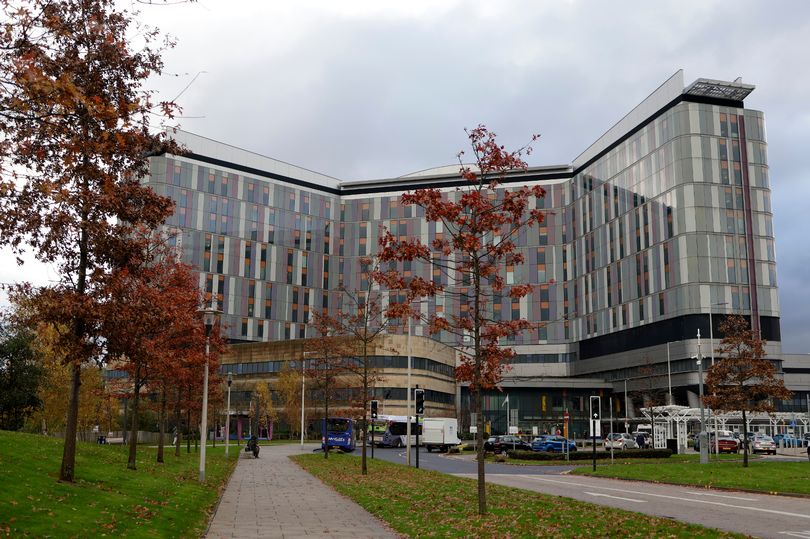
ADHD Diagnosis: Your Next Steps

Understanding Adult ADHD: More Than Just Childhood Hyperactivity
For many adults, the journey to an ADHD diagnosis is a long and winding one. Perhaps it began with a lengthy wait for a specialist appointment, a suggestion from a family doctor, or a moment of self-realization sparked by an online assessment. Regardless of the path, the moment of diagnosis can be a profound turning point. Unlike the stereotypical image of a hyperactive child, adults with ADHD often present in ways that are more subtle and easily overlooked. In fact, recent studies show that a significant percentage of adults with ADHD receive their diagnosis after the age of 18.
The Weight and Power of a Late Diagnosis
Receiving an ADHD diagnosis later in life can feel like finally receiving the instruction manual to your own brain. It brings clarity and understanding, but often mixed with a sense of grief. This grief stems from years spent navigating life without knowing the underlying reasons for certain challenges. It’s a mourning for the school reports that criticized a lack of effort, the job opportunities that slipped away, the friendships strained by forgetfulness, and the relationships that ended due to perceived “excessiveness.” It also encompasses the repeated cycles of burnout that left you feeling inadequate.
Masking and Overcompensation
One of the reasons ADHD is often missed in adults is the development of coping mechanisms. Many individuals unconsciously build their lives around their undiagnosed condition, leading to years of overcompensating, masking their difficulties, or oscillating between periods of intense productivity and complete burnout. Many adults who are high achievers in their careers, families, and communities, may be experiencing underlying exhaustion. A diagnosis provides an explanation for these experiences.
The value of a late ADHD diagnosis lies in gaining a new perspective on one’s life. It’s not about finding excuses for past struggles, but about understanding the reasons behind them. Suddenly, scattered academic performance, inconsistent energy levels, overwhelming emotions, difficulty prioritizing tasks, and the ebb and flow of creativity and inertia all begin to make sense. For many, it’s the first time they truly feel understood.
“Wait… That Was ADHD?” Moments
These moments of realization often involve everyday struggles that were previously attributed to personal failings. For example, the inability to maintain a tidy home might be seen as a moral failing, or emotional intensity might be perceived as a character flaw. An entrepreneur who can scale a business but struggles with simple tasks like managing an inbox might experience similar feelings of inadequacy. ADHD manifests in unexpected ways, hiding in the mundane aspects of daily life, contributing to widespread misunderstanding.
Challenging the Stereotypes
The prevailing narrative of ADHD in mass media is often narrow and outdated, focusing on childhood hyperactivity and distraction, predominantly in boys. This limited view overlooks the diverse ways ADHD can present, including internal restlessness, challenges with time management, heightened emotional sensitivity, sensory overload, and mental clutter. It also fails to account for how cultural background, gender, and upbringing can influence the expression of ADHD.
The Impact on Women
Women are often diagnosed later in life due to societal expectations and gender roles. They may be socialized to conceal their difficulties, leading them to become people-pleasers, overachievers, and the ones who hold everything together. This often leads to burnout, a state where the body and brain can no longer sustain the effort of pretending to not struggle. Research supports this, indicating that women who are not diagnosed in childhood receive their ADHD diagnosis around the age of 36 to 38, highlighting a significant delay compared to men.
What to Do After Diagnosis
A diagnosis doesn’t change who you are; it explains who you’ve always been. It doesn’t erase the past, but it provides a framework for rewriting your personal narrative. It’s not about blaming everything on ADHD, but about understanding the underlying reasons for recurring patterns. This understanding allows for the implementation of sustainable changes.
You might begin to recognize the invisible labor you’ve been performing, the mental juggling of multiple tasks, the constant self-monitoring, and the coping mechanisms you developed to survive without understanding why. You might experience a range of emotions, from tears to anger, at the time it took to receive a diagnosis. You might also find joy in recognizing that your love of novelty, your ability to think creatively, and your intuitive understanding of others are not random quirks but integral parts of your neurodiversity.
Seeking the Right Support
Many individuals seek ADHD coaching for practical assistance with organization and productivity. While these tools are valuable, they often stem from a deeper desire to feel “normal” and function like others. Coaching offers a different approach, shifting away from a deficit-based mindset. The goal is not to become neurotypical, but to understand your unique brain, recognize your strengths, build self-trust, and develop systems that work for you. Strategies emerge from a place of clarity and self-acceptance, not shame.
Taking it Slow
Avoid the urge to immediately fix everything. You’ve likely been in survival mode for years, masking, pushing through challenges, and blaming yourself. Now is the time to cultivate curiosity. Pay attention to what energizes you, identify the strengths you’ve relied on to overcome obstacles, and distinguish between tasks that are difficult because they are unfamiliar and those that are inherently incompatible with your brain.
Remember, you are not behind, and you are not lazy. You’ve been working incredibly hard with limited understanding. Now that you have that understanding, you’re equipped to move forward with greater clarity and purpose.
A diagnosis is not the end of the story; it is the beginning of a new chapter. It’s an opportunity to meet yourself without shame, to stop asking “What’s wrong with me?” and start asking “What do I need?” This simple question can be transformative.






